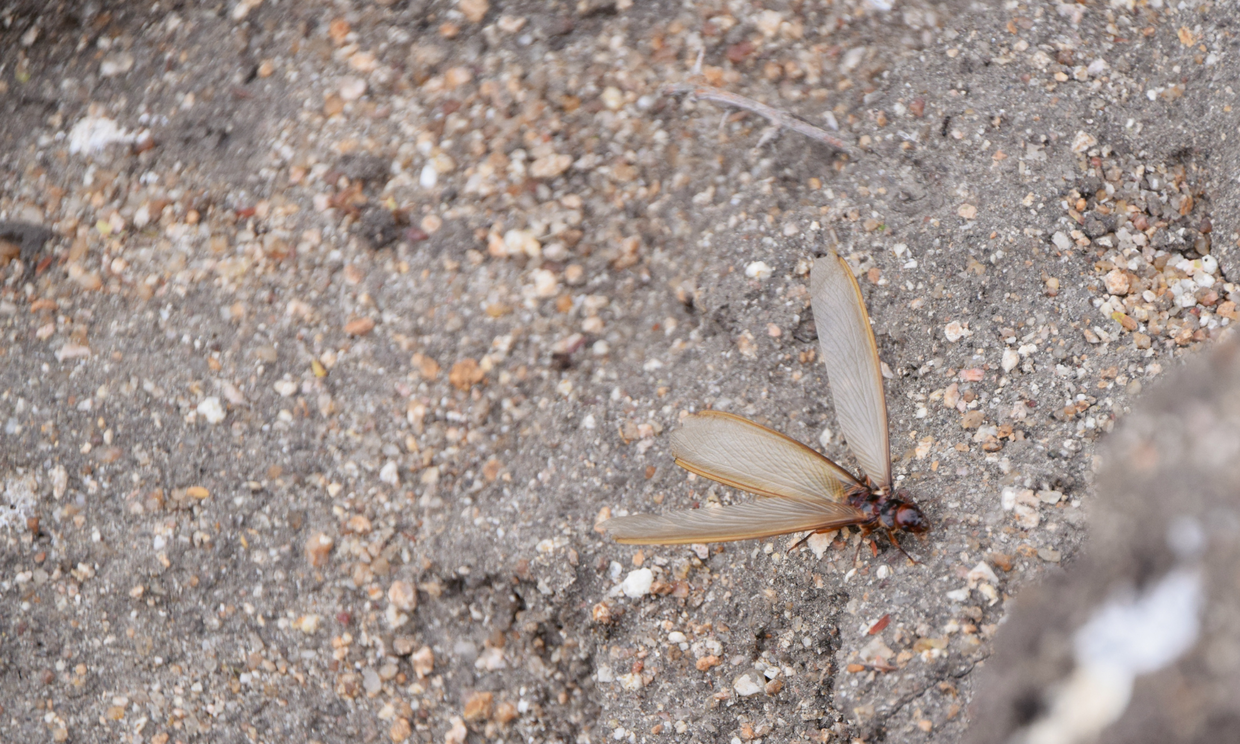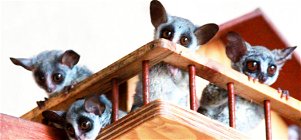Needles Lodge in South Africa offers an immersive experience into the wilderness with activities like guided nature walks, bird watching, stargazing, and wildlife safaris in Kruger National Park. It combines adventure with cultural excursions and relaxation amidst nature, allowing guests to closely observe wildlife like kudus and giraffes. The lodge is an ideal destination for those seeking both excitement and tranquility in the African bush, promising unforgettable memories.
Termites: Nature's Unsung Architects of the African Bush
Discover how termites, the hidden builders of Kruger National Park, create essential ecosystems with their mounds, recycling nutrients and supporting wildlife.
In the heart of Africa's wild landscapes, beneath the golden grasslands and towering baobabs, a hidden world of meticulous architects exists. These tireless workers, known as termites, are perhaps one of the most underappreciated yet crucial creatures in the ecosystem. While the spotlight often shines on Africa's majestic mammals like lions and elephants, termites—tiny insects often out of sight—play an essential role in shaping the very environment that sustains much of Africa’s iconic wildlife.
In this article, let’s uncover the fascinating lives of termites, their survival strategies, and how their small presence creates a significant impact on ecosystems like Kruger National Park.
1. Architects of the Savanna: Termite Mounds
The towering termite mounds scattered across the African savanna are one of the most visible signs of termite activity. Some of these mounds can reach heights of up to 5 metres (16 feet) and serve as both their home and a ventilation system to maintain a regulated temperature inside. While their architecture seems chaotic from the outside, inside is a carefully designed network of tunnels, chambers, and nurseries, all protected by a thick outer shell of hardened soil.
Termites play a role similar to gardeners in these ecosystems, aerating the soil as they build, which helps with water infiltration and nutrient cycling. Their mounds are often used by other creatures as well—monitor lizards, mongoose, and even wild dogs sometimes use old termite mounds as homes, transforming these insect-built structures into vital sanctuaries for various species.
For more insights on how termites shape their environment, explore Fauna and Flora of Kruger National Park.

2. Silent But Mighty: Their Ecological Impact
While termites may not seem as exciting as big predators or towering giraffes, their role in the ecosystem is arguably just as important. Termites break down dead plant material like wood and grass, turning it into fertile soil. This process of decomposition recycles nutrients back into the ecosystem, supporting plant growth and, indirectly, the herbivores that rely on these plants for sustenance.
In places like Kruger National Park, where the balance between life and death is often seen in the cycles of dry and wet seasons, termites are nature’s clean-up crew, ensuring that organic material doesn’t pile up but instead fuels the growth of new life.

3. Termites and the African Food Chain
Beyond their role in maintaining the landscape, termites also serve as a crucial food source for many animals in the African savanna. Aardvarks, pangolins, and several species of birds, including the Southern Ground Hornbill, rely on termites as a primary food source. These animals are specially adapted to dig through termite mounds or break them open to access the insects inside.
For creatures like the pangolin, whose long tongues are perfect for slurping up termites, these small insects are an essential part of their diet. The presence of healthy termite colonies ensures that other species can thrive, linking the survival of termites to the broader food web in places like Kruger National Park.
Explore the relationship between termite-dependent animals and their habitats at Birdwatching at Needles Lodge.
4. Survival Strategies: Social Insects at Their Best
Termites are known for their highly organised, social structure. Each colony operates like a well-oiled machine, with castes that include workers, soldiers, and reproductive individuals, all with clearly defined roles. The queen, often the largest and longest-lived member of the colony, can produce thousands of eggs each day, ensuring the survival of the colony.
Workers handle the daily tasks of gathering food and tending to the queen, while soldiers defend the mound against invaders, using their large mandibles to fend off predators like ants. This division of labor allows termites to thrive in even the most challenging environments, from dry savannas to dense forests.
5. Climate Regulation Experts: Ventilation and Thermoregulation
One of the most fascinating aspects of termite mounds is how they manage to keep the internal environment at a constant temperature, despite external fluctuations. The mounds are equipped with a series of channels that act as natural ventilation systems, circulating air to cool or warm the interior depending on the needs of the colony.
This thermoregulation is critical, as termites are highly sensitive to temperature changes. The design of the mound enables the colony to maintain an optimal climate for nurturing young termites and storing food. This ability to engineer their environment makes them one of nature’s most impressive builders.
6. Termites as Indicators of Ecosystem Health
Interestingly, the presence and activity of termite mounds can also serve as indicators of an ecosystem's overall health. In places where termite colonies are thriving, it suggests that the soil and vegetation are in balance, supporting a wide range of wildlife. Conversely, a decline in termite populations could signal environmental stress, such as soil degradation or climate change.

7. A Cultural and Economic Resource
In some parts of Africa, termites are more than just ecological engineers—they’re also a resource for humans. In rural communities, termites are harvested as a source of protein, especially during the rainy season when flying termites (alates) leave the mound to form new colonies. These winged termites are a delicacy in some cultures, roasted or fried for their nutty flavour.
Moreover, the termite mound soil is sometimes used as a building material due to its durability. This creates a fascinating relationship between humans and termites, one of use and mutual benefit.
Though small and often overlooked, termites are true powerhouses of the African landscape. Their activities shape the soil, support plant growth, feed animals, and even provide shelter. In ecosystems like Kruger National Park, their impact is far-reaching, influencing everything from the health of the soil to the survival of apex predators.
If you're interested in witnessing this hidden world of termites and the broader ecosystem they support, Needles Lodge offers the perfect gateway to explore the Kruger National Park. From termite mounds to the majestic Big Five, every corner of this diverse landscape holds a story waiting to be discovered.
Further Reading
Discover the aardwolf, a unique hyena cousin residing in southern and eastern Africa. This enigmatic creature's insectivorous diet, solitary lifestyle, and intriguing behaviors make it a fascinating and misunderstood member of the animal kingdom. Explore its remarkable adaptations and essential role in maintaining ecological balance, shedding light on the significance of conserving this captivating species.
Honey badgers are the subject of numerous stories. Like many children, they can be violent and fearless creatures that can cause a whole slew of issues. Finding them in the wild is exceptionally hard, but you will undoubtedly fall in love with these magnificent creatures if you do.







Share This Post